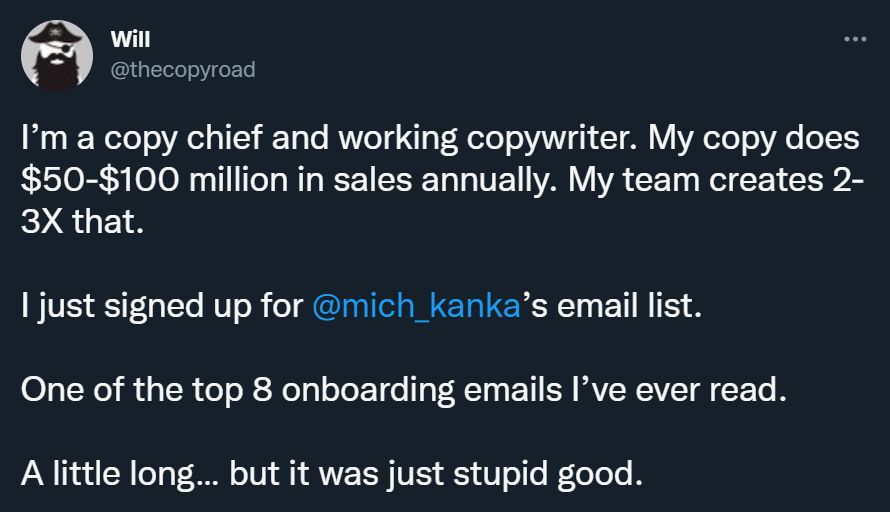
How Michelin star rating system was created and has become the highest possible prestige symbol for restaurants worldwide? (7 min read)
Michelin star rating system - a system of awarding restaurants with one to three stars to tell how good they are. In 1900, Michelin started publishing Michelin Guides with a list of all the restaurants ranked this way. Once popular from tire production, now Michelin is also associated with places to eat.

Michelin Stars History Timeline
- 1900 – the first guide was published in 35,000 copies. It was blue, had 399 pages and included maps and useful information for French travelers (hotels, restaurants etc.). It was given away freely.
- 1904 – Michelin published a guide for Belgium.
- 1907 – Algeria and Tunisia got their guides.
- 1908 – the Bureau of Itineraries was created
- 1909 – France got its guide translated into English.
- 1910 – Germany, Spain and Portugal received their versions of the guide.
- 1911 – the guide got published for the British Isles.
- 1920 – Michelin brothers started charging $2 per guide (up to that time, it was free). They were selling around 100,000 copies annually.
- 1926 – Michelin came up with Green Guides. Those were more like traditional tourist guides. That year they also created the star rating system for the restaurants. There was only one star then, so a place could have one star, or zero stars.
- By 1930 – the Michelin guide got mentioned by the New York Times. It became world-famous.
- 1931 – the star rating system got the second and the third star. The color of the guide's cover was changed from blue to red.
- 1997 – the launch of the michelin-travel.com website. It included all the Michelin selections in English, German, French, Dutch, Spanish, and Italian.
- 2000 – viamichelin.com was launched. It was a website of ViaMichelin, an offspring of michelin-travel.com (which is no longer available).

Michelin star rating system – what is the meaning of Michelin star?
What Michelin stars mean is basically how good the food is in the rated restaurants. It started from the Michelin Guides, and the star rating system was fully introduced in 1931.
In 1936 they got their rating criteria, which defined each star:
- 1 star – “a very good restaurant in its category” (has better quality food than the non-starred),
- 2 stars – “excellent cooking, worth a detour” (the food is even better),
- 3 stars – “exceptional cuisine, worth a special journey” (a food so good it could be a tourist attraction).

Why did the Michelin Guide start?
Back in 1900, when the Michelin brothers came up with the idea for their branded Guides for motorists, there were few cars. They wanted to sell more tires. They thought that they would give their potential customer reason to go on journeys. It was their side project.
They published their first guide with 399 pages and useful information about where a traveler could stop by on his journey. The guide also had advertisements about Michelin's tires. The greater the demand for the cars, the greater the need of buying more tires.
At first, the book was given away to French motorists and places useful for them without any charges. But, when André Michelin, one of the brothers, visited a tire shop where Michelin Guide was used to support a workbench, he got mad. He decided to start charging about $2 per book.

Viral side project
The Michelin Guide was the company’s viral side project. Its primary goal was to increase the tire sale by telling people about places worth visiting with their cars. Although it helped the tire manufacturing business, it has also become a profitable business on its own.
How did the Michelin stars start?
At first, the Michelin Guide (in nearly 35,000 copies) was more of a travel guide with tips about petrol stations, hotels, and other useful places for French motorists.
When the brothers started charging $2 for their book, they introduced their star rating system for restaurants soon after that. The first star was born in 1926. By 1931, the system had all of the 3 stars.

Michelin anonymous reviewers
To assess the restaurants, the company hired anonymous food reviewers. Those incognito restaurant critics visited chosen restaurants and assessed their menu.
Basically, it was a very cheap and good method. The critics could eat whatever they wanted in the amount they wanted. They weren't paid for their services by the company, but what they got was free food. If the restaurant happened to be good, they had the chance to eat quite a nice dinner for free.
The Michelin Bib Gourmand award
In 1997, Michelin introduced a separate award for those restaurants which serve good value-to-amount types of food. It is called a Bib Gourmand award.
The Bib-awarded restaurants may not have such excellent cuisine, but the Michelin Bib Gourmand award is still an honor. It is also a useful piece of information for less wealthy drivers who still want to dine well during their journey.

Authority Bias
Michelin was a leader in tire manufacturing back in the days. People were interested in what the company they trust thought about other things, such as a place to dine.
FOMO Effect
Fear of missing out is our anxiety that we can miss some valuable pieces of information. There was no Google running in the times of the first Michelin Guide. The book became the compendium of all the useful information for the drivers.
Zero Price Effect
There is a saying that the best price is when it's for free. The zero price effect worked at the beginning of the Michelin Guide story. People liked to know what's inside the book and many fell for the free set of valuable info.
The effect vanished pretty soon because people stopped caring about something they hadn't paid for. Still, Michelin got a nice initial boost thanks to their first 35,000 free copies of their guide.
Chunking
Chunking is dividing information into sections and subcategories. The guides had lists of various petrol stations, restaurants, and hotels, divided into several categories. It was easier to find what people were looking for. The paper books don't have the Ctrl + F option, so presenting information in a smart way is often a great idea.

Today, the information you could get from the guides is available online. The website guide.michelin.com continues the many-year tradition of star rating restaurants and hotels.

The Michelin brothers wanted to increase tire sales. Not many people had cars then. To make them change their tires regularly, the brothers needed to give them reasons to travel. They defied the odds by issuing Michelin Guides. It was a bullseye because there hadn't been any other French sources of information of that scale before.
There are many businesses creating brand awareness by kickstarting viral side projects. This concept proved time and time again to work!
Get your
"oh sh*t, this might work for us!"
moment in the next 5 minutes
Viral marketing case studies and marketing psychology principles that made hundreds of millions in months or weeks
In the first email:
- a step-by-step strategy that made $0-$30M within 9 weeks with $0 marketing budget (case study)
- cheatsheet (PDF) of 10 biases in marketing used by top 2% companies
Other than that:
- weekly original content that helps you STAND OUT by providing more perceived value with less work

(You won't find it anywhere else)

Explore Cognitive Biases in Marketing